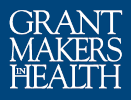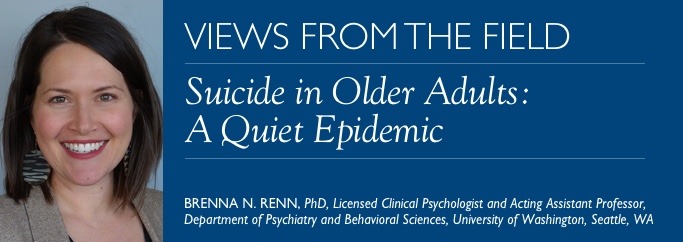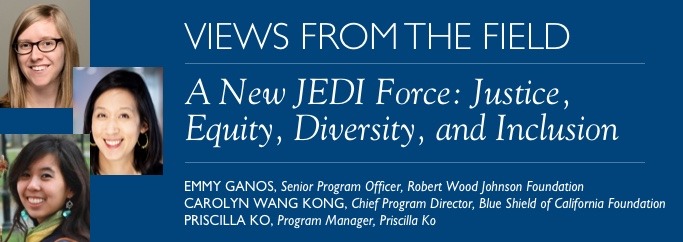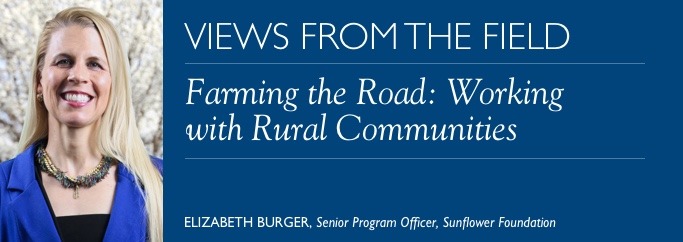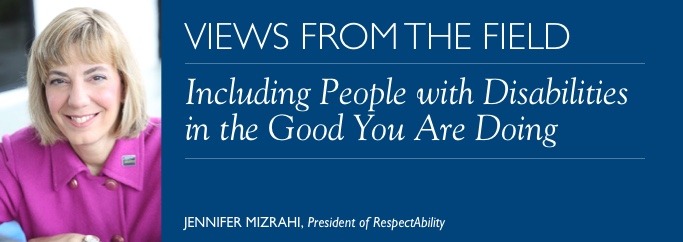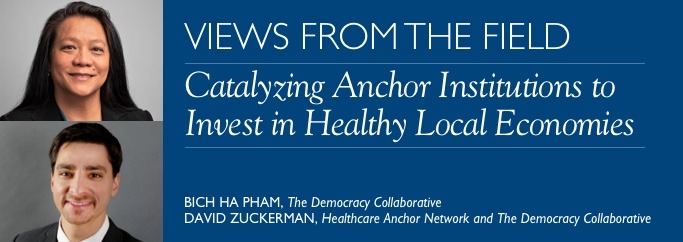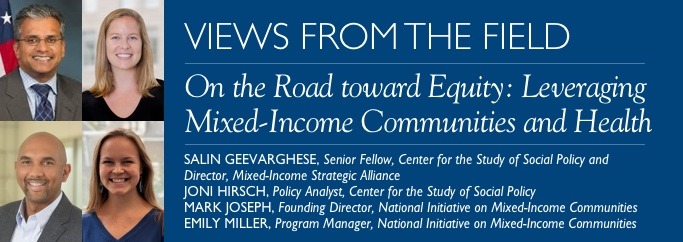Suicide in Older Adults: A Quiet Epidemic
There is a widespread and dangerous popular misconception that permeates our society that aging and despair—and even depression—go hand in hand. One of the most drastic consequences of such marginalization is the resultant isolation and feelings of burdensomeness that, when exacerbated with key risk factors, may drive suicide in older adults.
Tackling the Challenge of American Health Coverage
Foundations deserve tremendous credit for helping millions of families in America obtain basic access to health care. It started with children. Soon after Senators Hatch (R-UT) and Kennedy (D-MA) passed the Children’s Health Insurance Program in 1997, foundations across America helped policymakers develop and implement innovative strategies to enroll eligible children.
Join the Age-Friendly Health Systems Movement
The Age-Friendly Health Systems initiative is an opportunity to build, together, more effective health systems that reliably deliver on the promise of better care for older adults.
Farming the Road: Working with Rural Communities
Farming the road is a mindset that closes that thousand-mile gap in the Eisenhower quote and allows funders to fully support rural communities as equal partners in the quest toward better health and brighter futures.
Catalyzing Anchor Institutions to Invest in Healthy Local Economies
Health care is uniquely positioned to serve as an anchor sector because of its evolving mission toward more holistically addressing community and well-being, its stable role as one of the largest, community-rooted employers, and its mostly nonprofit and public status.
Census 2020 Philanthropic Investments are Innovation in Action
The United States census, taken every 10 years, is vital to the philanthropic and business sectors, government, and communities across our country. The federal government allocates over $800 billion each year to states using formulas that rely on census data like population size and other demographic indicators.
The Role of Arts and Culture in Health
Grantmakers in the Arts believes that arts and culture deserve public and philanthropic support because they have both intrinsic value and social value.
